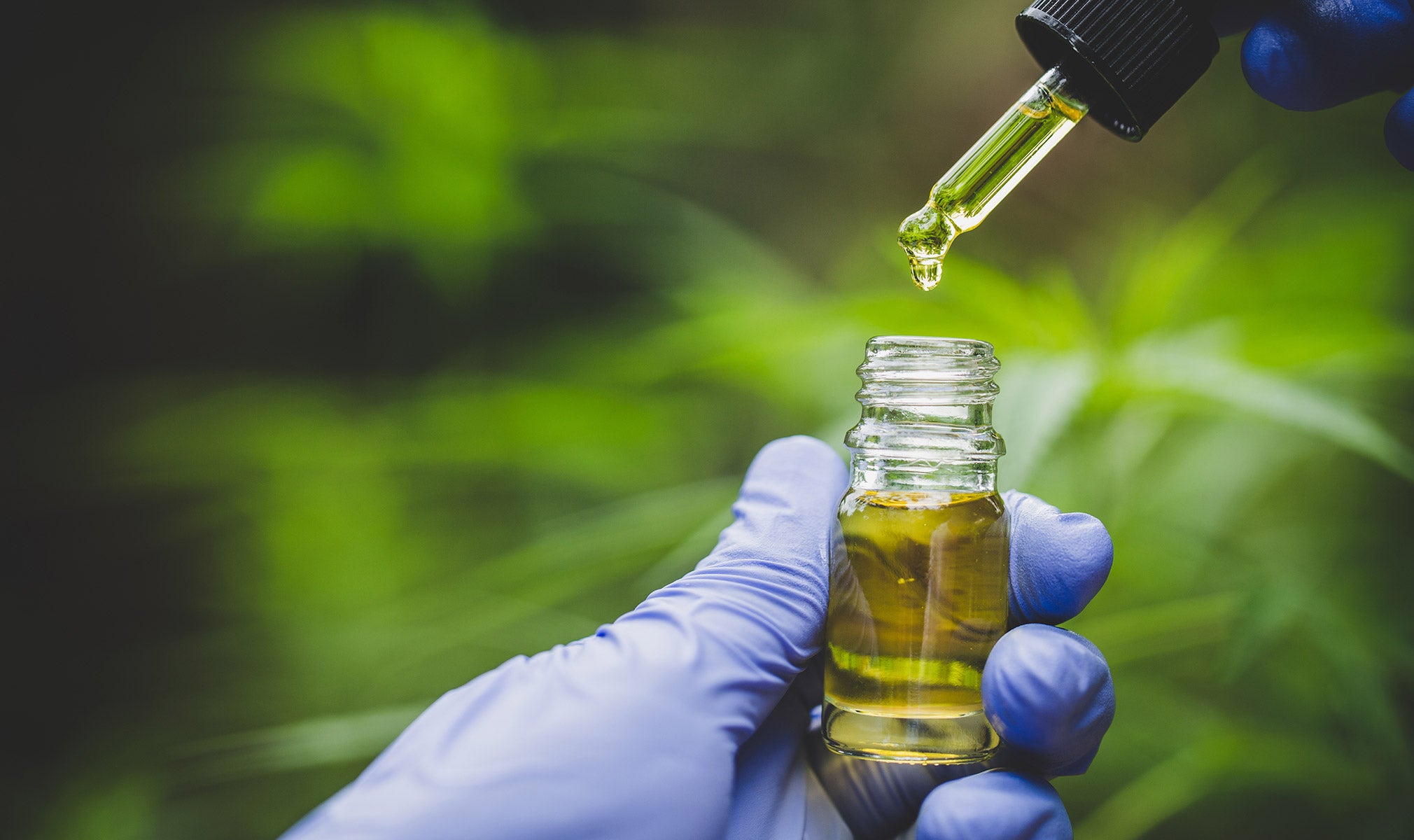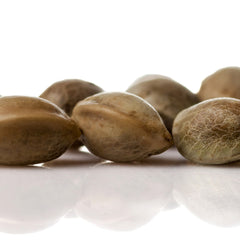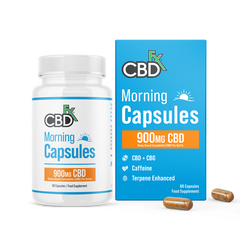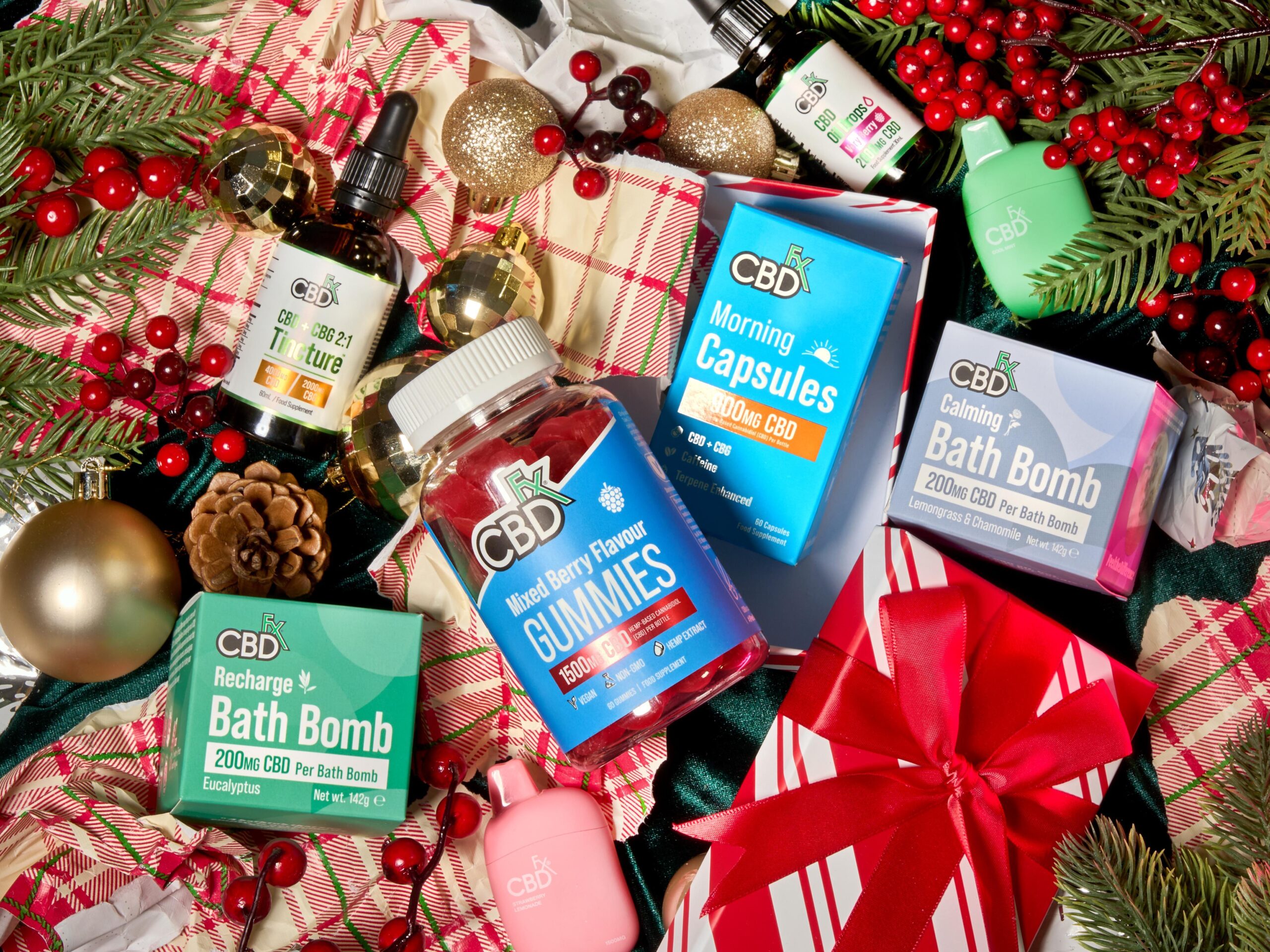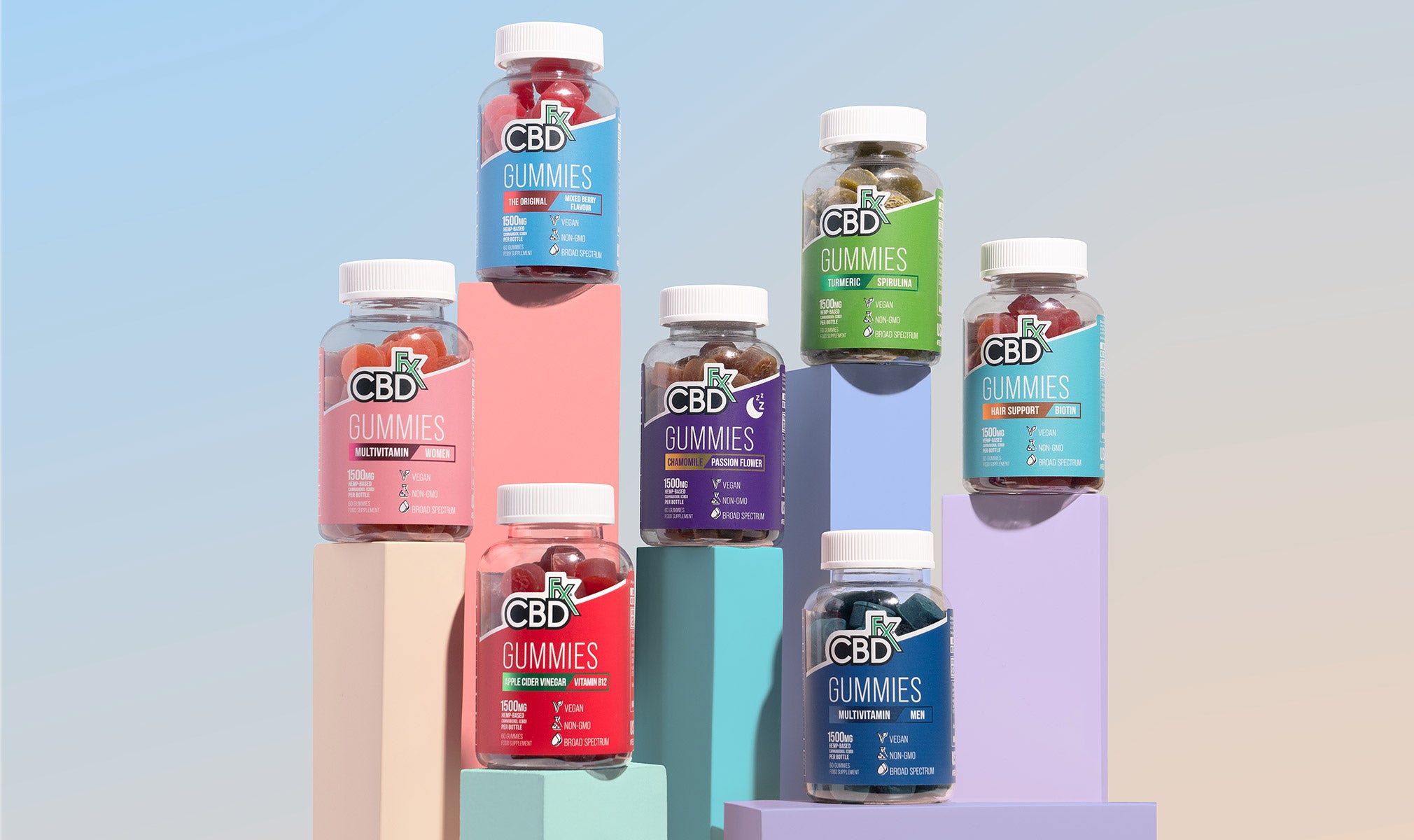Chances are, if you’re on this website, you have at least a vague idea of what CBD is. Certainly, you know that CBD is the key ingredient in a wide range of wellness products, including CBD gummies, CBD oil tinctures, CBD capsules, CBD topicals, CBD vapes, CBD edibles, and more. But did you know that CBD is one of over 120 chemical compounds found in the cannabis plant, called cannabinoids? Furthermore, did you know that your body creates its own version of these cannabinoid compounds?
Join us as we explore the world of cannabis chemistry and learn more about these fascinating compounds, including how they work, how they are extracted from the hemp plant, and their potential wellness benefits. Help us answer the question: What are cannabinoids?
Where Do Cannabinoids Come From?
Cannabinoids are chemical compounds derived from the cannabis plant. It’s helpful to understand that cannabis plants can be classified as cannabis hemp and cannabis marijuana. Cannabis hemp is a cannabis plant that has less than 0.3% THC (less than 0.2% by law in the UK), the cannabinoid that gets you “high.” Because of hemp’s very low THC content, hemp-derived CBD oils cannot get you high. Cannabis marijuana, on the other hand, can contain upwards of 30% THC and is a controlled substance in most countries. When we talk about CBD products in this article, we’ll be referring to hemp-derived CBD products.
Phytocannabinoids
The cannabis plant contains at least 120 chemical compounds that we call cannabinoids. (If you want to get technical, plant-based cannabinoids are called phytocannabinoids.) You may wonder why the cannabis plant would create something like THC or CBD in the first place. These cannabinoids are produced on the surface of the plant, in tiny glands called trichomes. These trichomes produce cannabinoid compounds to defend the hemp plant against a number of threats, from insect pests to harsh weather to some fungi. From the standpoint of the hemp plant, cannabinoids create a barrier between life and potential death.
Cannabinoids in the Body: The Endocannabinoid System
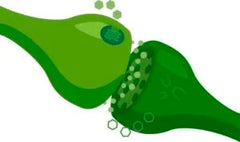
So, what do these little hemp plant protectors have to do with the human body? Well, it turns out we produce our own cannabinoids, called endocannabinoids. Endocannabinoids are produced in the body’s, you guessed it, endocannabinoid system. All mammals have an endocannabinoid system, not just us. This system works in concert with other systems in the body, including the central and peripheral nervous systems, the immune system, and other crucial systems. The endocannabinoid system (or ECS) maintains homeostasis, or balance, in these systems. If your endocannabinoid system gets thrown out of whack, your health can suffer. This can affect such crucial functions as sleep, pain management, appetite, mood, memory, motor control, and stress response, just to name a few.
The endocannabinoids your body produces are little transmitters that bind to receptors. In the nervous system, there are two such receptors, called CB1 and CB2. These receptors signal to the nervous system to perform its various functions. In essence, the endocannabinoid system manages the body and makes sure that everything is in working order.
How Do Cannabinoids Interact With the Endocannabinoid System?
Here’s where it all gets interesting. Cannabinoids produced by the hemp plant have a similar effect to the human body as the body’s own endocannabinoids. They don’t bind to receptors exactly the same way, but they do stimulate those receptors into signaling the body that there’s work to be done. So, when you get a cannabinoid like CBN, for instance, whose properties are similar to the body’s own sleep-inducing endocannabinoids, then you get a chemical reaction wherein a plant-based chemical can make your body think that it’s time for sleep. Pretty cool, right?
The different cannabinoids bring with them different properties, which makes the study of CBD and cannabis, in general, so interesting. The wellness potential of this little cannabis army is incredibly diverse and exciting.
Types of Cannabinoids
So, let’s look at a few of the different cannabinoids and see what they each bring to the table in their interaction with the endocannabinoid system.
CBD (Cannabidiol)
CBD, or cannabidiol, is one of the two major cannabinoid compounds, along with THC. CBD interacts with the endocannabinoid system to bolster the central and peripheral nervous systems. This means support of a huge range of functions, including mood, memory, sleep, appetite, pain and stress management, and more. In terms of far-reaching wellness potential, it’s hard to match CBD.
THC (Tetrahydrocannabinol)
Yes, THC is the cannabinoid that gets you “high.” Among the areas affected by tetrahydrocannabinol are memory, motor control and movement, pleasure, cognitive response, sensory and time perception. In short, it can be intoxicating. But again, it’s good to remember that hemp-derived CBD products have a very tiny amount of THC in them, so they are not psychoactive. That is, they do not get you high.
CBG (Cannabigerol)
Cannabigerol is often referred to as the “Mother of All Cannabinoids.” CBG gets this nickname because other cannabinoids are derived from its acidic form, CBGA (cannabigerolic acid). CBG, therefore, can also be thought of as a general wellness compound, much like CBD. In fact, several CBD wellness products, including our CBD + CBG Wellness Tincture, make use of combining the two cannabinoids to enhance the oil’s wellness benefits.
A Quick Note About the Entourage Effect
This is the perfect time to interject with a note about the Entourage Effect. This term refers to the phenomenon that occurs when multiple cannabinoids are consumed together. Instead of merely working in parallel with one another, the cannabinoids actually work together and enhance each other’s effects — creating a much deeper cannabinoid experience.
This is why products like the aforementioned CBD + CBG Oil Wellness Tincture or our CBD + CBG Morning Capsules are so popular among people seeking to maximize their CBD products’ potential.
CBN (Cannabinol)
Cannabinol is actually a child compound of THC. That is, THC can become CBN under the right conditions. While it retains the restful, calming properties of THC, CBN does not have the same intoxicating effects. For these reasons, you’ll often hear CBN referred to as the “ultimate relaxation cannabinoid.”
CBC (Cannabichromene)
CBC is one of CBG’s most intriguing children. Cannabichromene links to receptors in the body that have to do with pain perception. This makes CBC a potentially game-changing compound for dealing with diseases like cancer, as well as other areas that deal in pain and inflammation.
The Last Word on Cannabinoids
As we’ve discussed, cannabinoids are remarkable compounds that offer the potential for a broad range of wellness benefits. New studies are being conducted all the time to learn more about these fascinating compounds. And as these studies reveal more about the wellness potential of CBD and its cannabinoid brothers and sisters (and mother!), cutting-edge CBD companies, like CBDfx, will endeavor to absorb and implement their findings into new and exciting wellness products. We encourage you to visit our blog regularly, so that you can stay up to date on all things CBD!
Looking to experience the Entourage Effect? Try our CBD Soft Gel Capsules!
